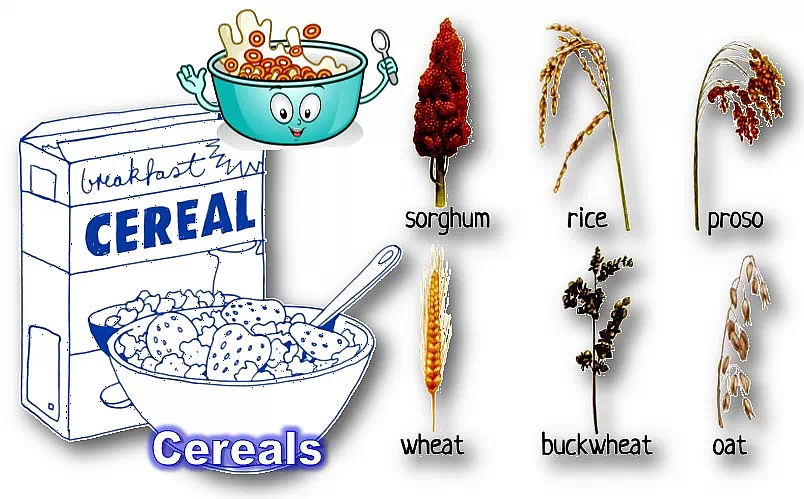Starchy roots – Nutritional Values
After cereals starchy roots occupy the second position as rich sources of carbohydrates. They serve as functional and nutraceutical ingredients. They are much useful in maintaining wellness and attenuating non-communicable chronic diseases. They are originated from diversified botanical sources and provide substantial part of the food supply in the world.
They are actually plants that store edible starch material in subterranean stems, roots, rhizomes, corms, and tubers.
The commonly used starchy roots and tubers are potatoes (country as well as sweet potatoes), cannas, Taro, Yam, Cassava, and elephant foot yam, etc.
They can be classified as below:
- Tubers:
Potatoes and yams.
- Corms (underground stems & swollen hypocotyls):
Taro and cocoyam.
- Storage roots:
Cassava & sweet potatoes.
- Edible rhizomes:
Canna & arrow roots.
Potatoes, sweet potatoes, and cassavas take 90% share of production of root and tuber crops globally.
They are economical and provide great nutritional and dietary energy. They also play a great role as anti-oxidative, hypoglycemic, hypocholesterolemic, antimicrobial, and immunomodulatory agents.
People in different places use starchy roots and tubers to prepare a variety of foods. They are also used for animal feed, medical and industrial applications.
World’s Dominating Diets





